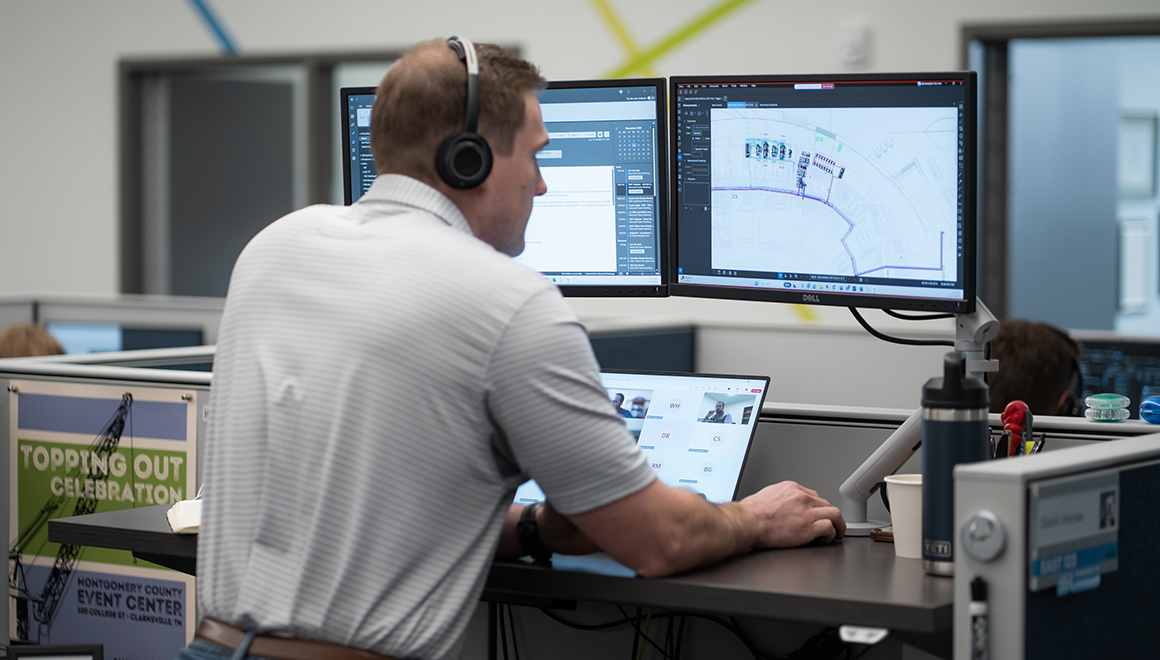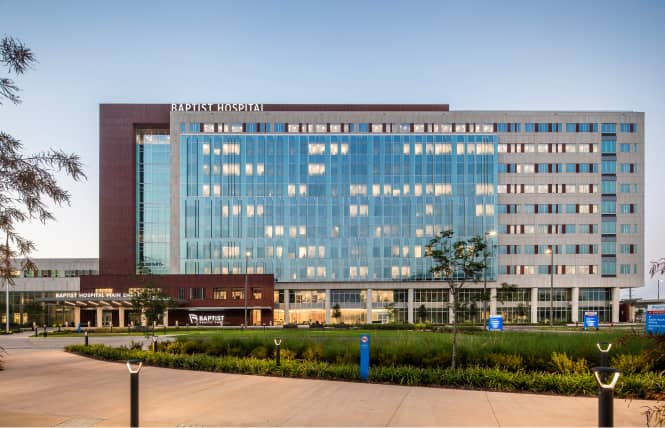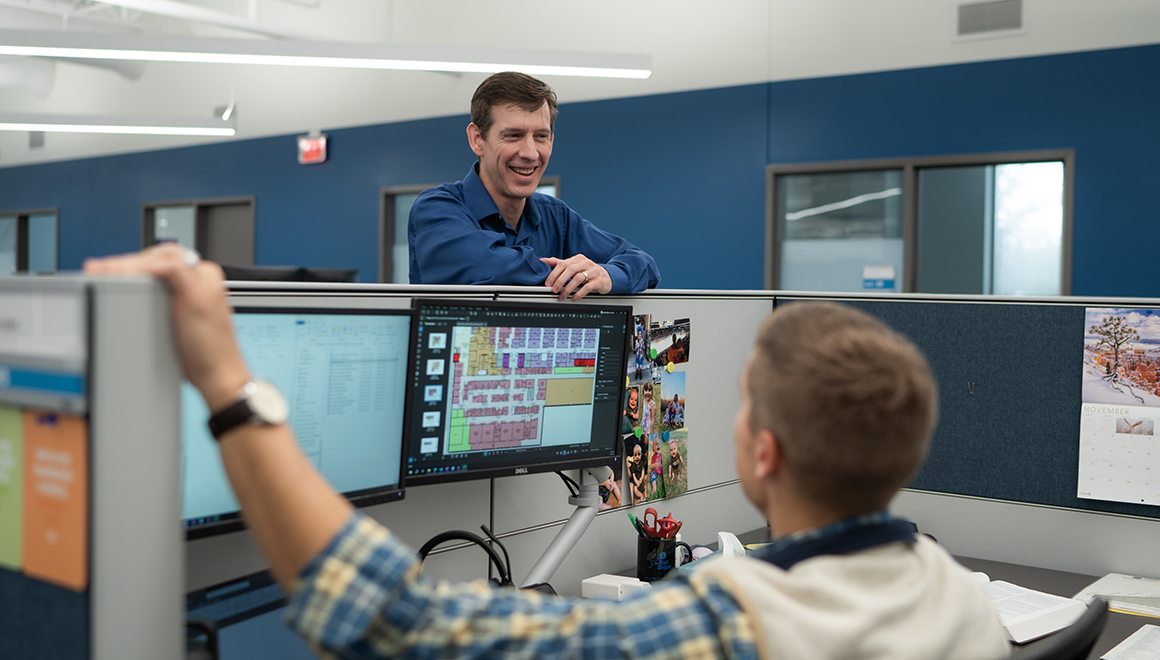A Sneak Peek into LEED v5
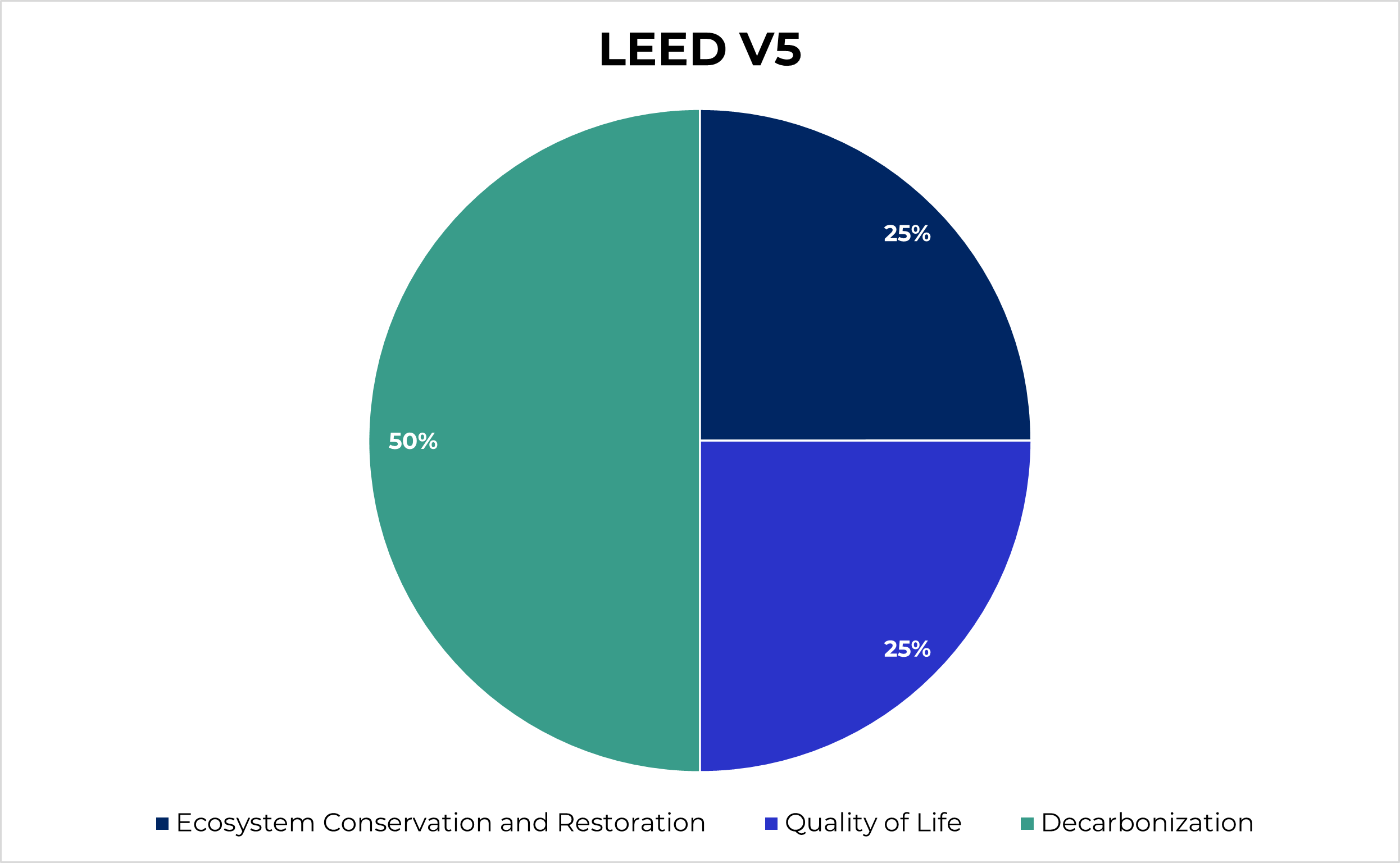
As the June 2026 deadline to register projects under LEED v4 approaches, SSR is looking ahead at what LEED v5 will bring. Our team is preparing for this transition with care and intention.
LEED v5 goes beyond sustainability—it emphasizes smarter, more resilient construction that protects investments, lowers operating costs, and meets evolving market demands.
This new version marks a shift from LEED v4, sharpening its focus on carbon reduction, resilience, and equity.
Rather than organizing credits by technical categories, LEED v5 assigns points based on intended impact, grouped into three core goals:
- Decarbonization
- Ecosystem Conservation and Restoration
- Quality of Life
This shift reflects a broader prioritization of outcomes over processes—moving from technical compliance to meaningful environmental and social impact.
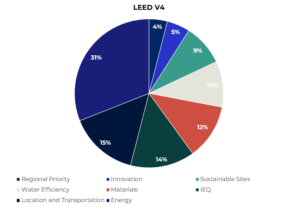
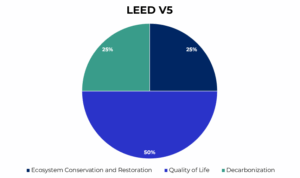
Let’s take a closer look at each of LEED v5’s core goals—decarbonization, ecosystem conservation and restoration, and quality of life—to understand how they’re reshaping the future of green building.
Goal 1 – Decarbonization and Carbon Emissions Reduction
LEED v5 introduces a shift: projects must now track and reduce both operational and embodied carbon—not just energy use. This often involves strategies like electrification and renewable energy adoption, aligning with global efforts to move away from fossil fuels.
While LEED v4 emphasized energy efficiency through cost savings, LEED v5 uses carbon-based metrics to drive deeper environmental impact. This change may require greater upfront investment, depend on access to clean grid energy, and call for broader industry support for electrification.
To succeed under LEED v5, project teams should:
- Conduct early energy modeling to identify cost-effective upgrades.
- Specify low-carbon materials using Environmental Product Declarations (EPDs).
- Consider renewable energy
Goal 2 – Ecosystem Conservation, Restoration, and Resilience Planning
Recent climate events—floods, heat waves, crop failures—have highlighted the need to think differently about energy independence and weather resiliency. LEED v5 responds by requiring climate risk assessments and the integration of resilience strategies into design.
This includes tools like hazard mapping, passive survivability, and continuity planning—which may be new territory for some design teams and require deeper coordination.
Fortunately, free resources such as FEMA Flood Maps and NOAA Climate Explorer can help identify risks. Projects can implement low-cost resilience measures like:
- Elevating equipment
- Providing backup power for critical systems
- Designing for passive survivability
Teams can also align with local hazard mitigation plans to strengthen their approach.
Goal 3 – Quality of Life with a focus on Social Equity + Community Engagement
In LEED v4, social equity was addressed mainly through optional pilot credits. LEED v5 makes it a core design and construction priority, requiring documented stakeholder engagement, inclusive design, and social impact metrics.
This shift calls for a more intentional approach—engaging communities meaningfully and considering equity impacts throughout the project lifecycle. While this may be unfamiliar to some teams, it represents a valuable evolution in design thinking.
Strategies to support this goal include:
- Using community data (e.g., census, health indicators) to guide decisions
- Implementing inclusive hiring and supplier diversity
- Hosting virtual engagement sessions to introduce the project and invite feedback
Conclusion
LEED v5 is redefining green building by focusing on impact-driven goals rather than technical categories. The three core goals represent a shift toward smarter, more resilient, and equitable design.
- Decarbonization: Projects must now track and reduce both operational and embodied carbon, with strategies like electrification, renewable energy, and low-carbon materials.
- Ecosystem Conservation + Resilience: Climate risk assessments and resilience planning are now required, encouraging teams to design for long-term durability and emergency preparedness.
- Quality of Life + Equity: Social equity and community engagement are central to LEED v5, with inclusive design and stakeholder outreach now part of the scorecard.
Read More
Stay tuned—three upcoming blog posts will dive deeper into each of these goals, offering practical strategies and insights for project teams navigating LEED v5.
